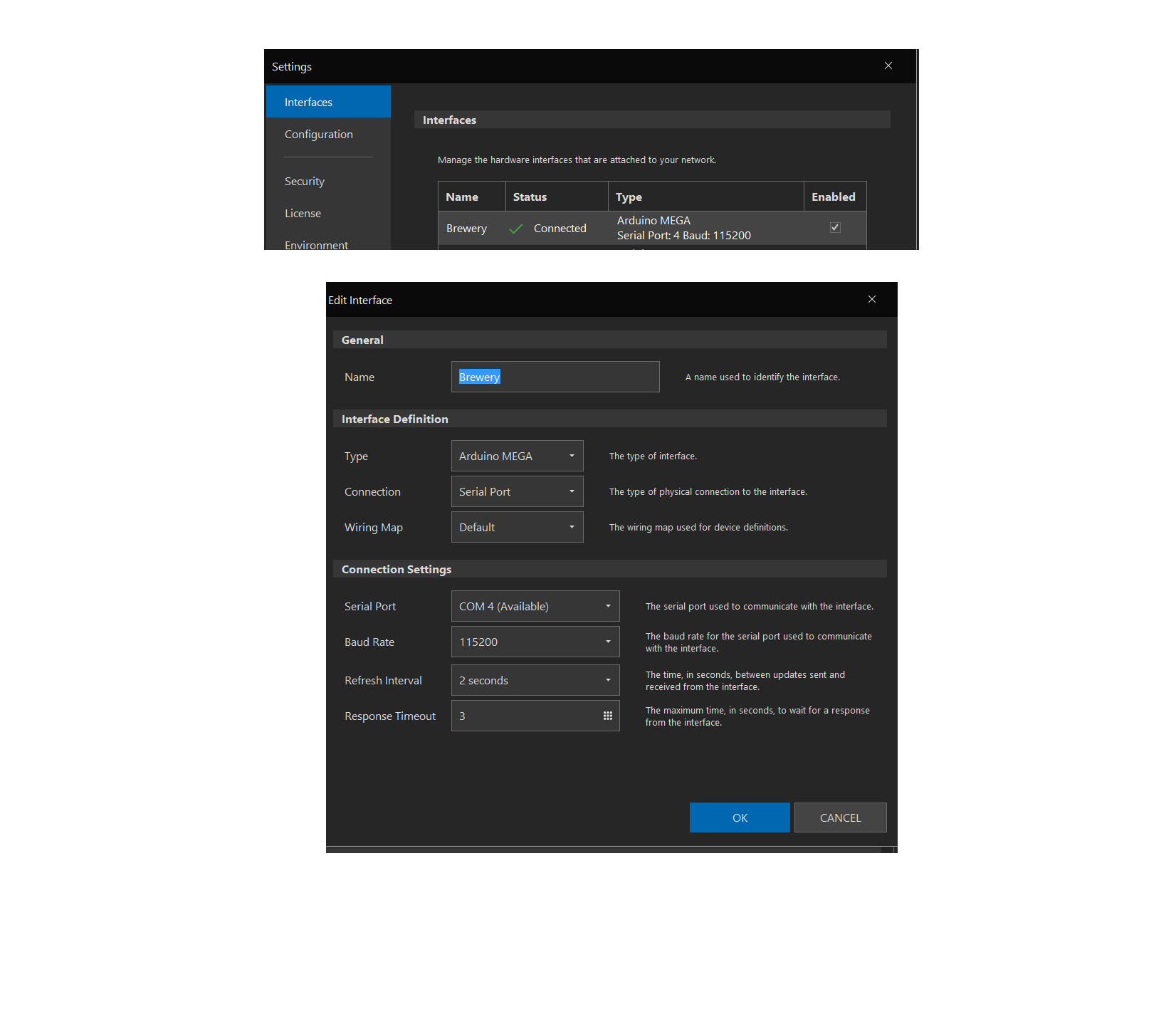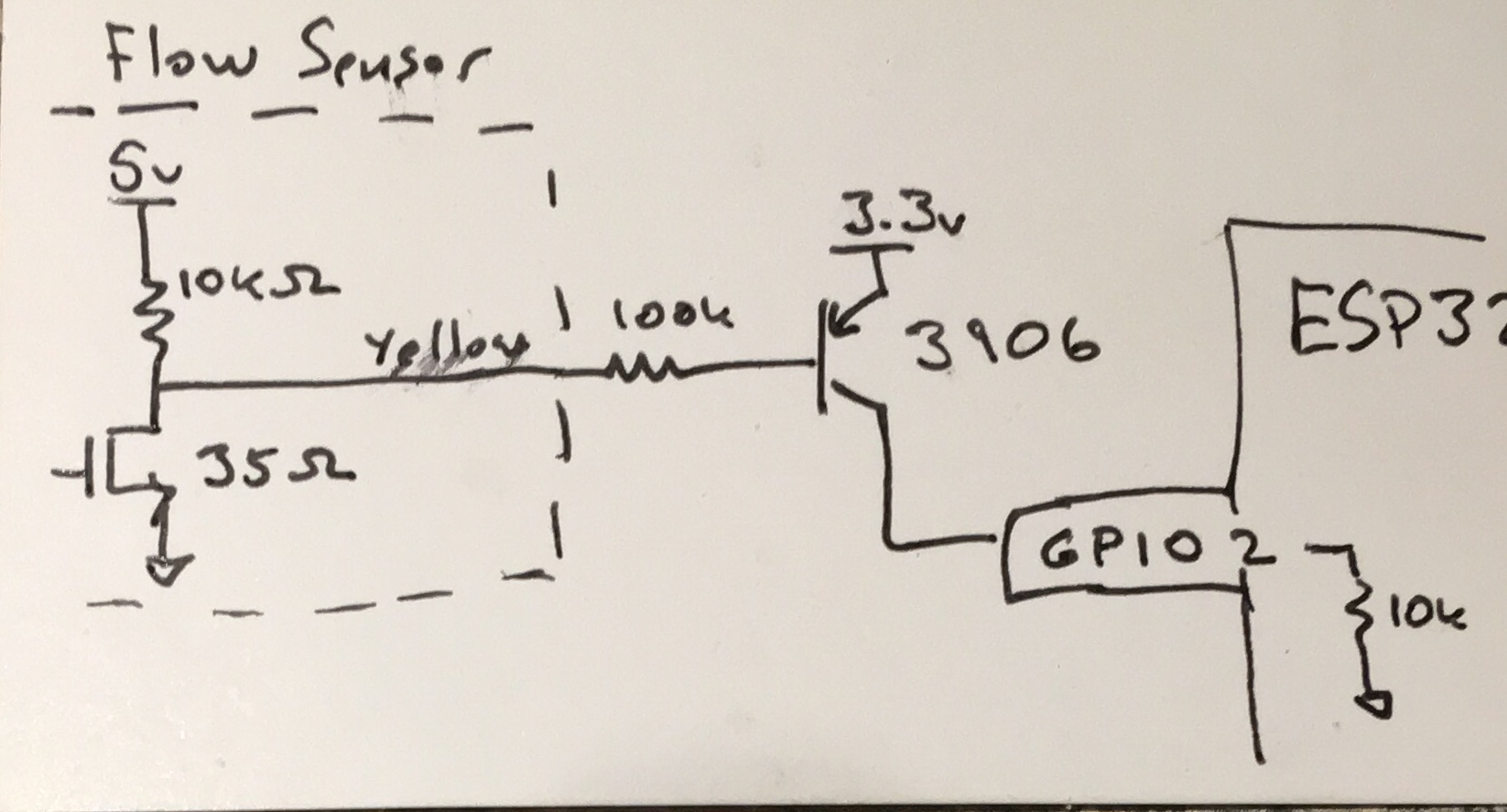I did a major script re-write and redesigned my workspaces with v1.1 release. I'm loving some of the new features (LEDs, globals, subroutines, etc.). I thought I would share some things I would like to see for your consideration (although I can imagine these may not be very high priorities).
1. I wish the buttons and/or switches could look like LEDs as well. I've actually faked this by using alarms instead. I make an alarm look like an LED, use a custom "click" sound not looped and set colors for on/off. I've also used a global boolean to display as a LED to act like switch for cases where I want the 2-step validation.
2. The other thing I've noticed is that my brew script (several hundred lines of code) could be so much more succinct if there were vectors. I find that I've got a bunch of loops (mash, hops, etc.) where I can't make an effective use of subroutines because each step has its own variables. Mash_Temp(i), Mash_Time(i), Hop_Time(i), etc. There's lots of redundant code that could go into routines easily if we could use vectors for these variables and increment the indices in between loops. There's certainly a way to do it without this but I find it requires a whole bunch if nested if statements to assign the right values between loops that I end up giving up.
3. I'll echo the name alias comments others have made above.
4. Finally, I wish globals had the same functionality as variables for inline math, concatenation, etc. This would avoid needing new in-script variables on the fly that really add no value. More importantly, I can never remember which ones can do what and then I waste more time debugging because the difference is not intuitive to me.
5. I've got a lot of scripts now... it would be nice if they could be structured/organized in folders. Not suggesting their functionality should be different... just a way to organize them in the list.
6. The ability to copy/paste an element would be great - just add "(1)" or "(copy)" to the name and keep everything else the same. I guess you'd also have to ask for the new port if it were a device element.
7. On email notifications from alarms: First, I would much prefer text messages to my phone rather than email. Second, it would be great if info could be passed into the email rather than just a generic email. The email or text could include a string.
Let me reiterate that these would be nice-to-have... nothing essential. Love the application. Haven't been this excited about brewing in years!




















































![Craft A Brew - Safale S-04 Dry Yeast - Fermentis - English Ale Dry Yeast - For English and American Ales and Hard Apple Ciders - Ingredients for Home Brewing - Beer Making Supplies - [1 Pack]](https://m.media-amazon.com/images/I/41fVGNh6JfL._SL500_.jpg)








